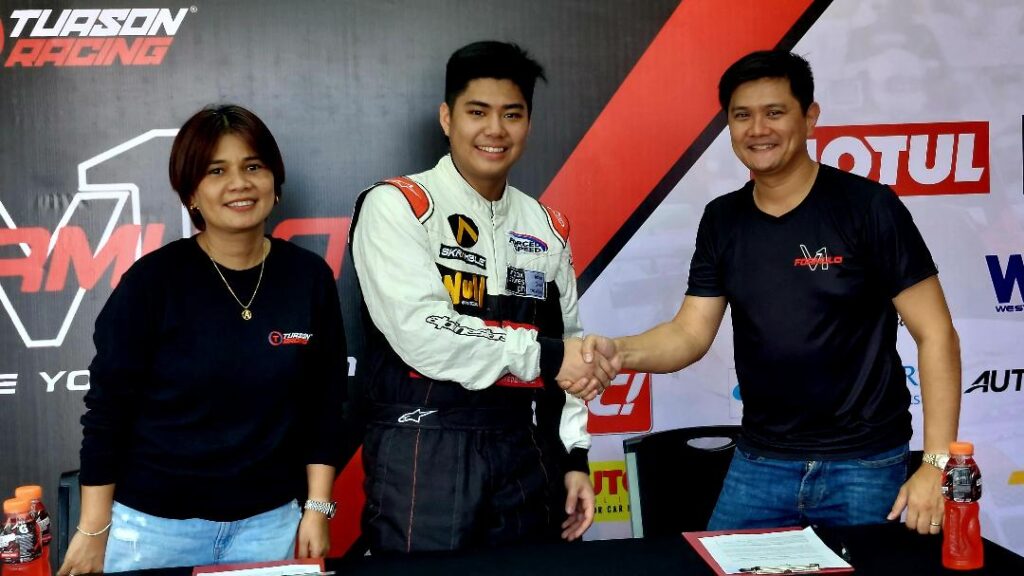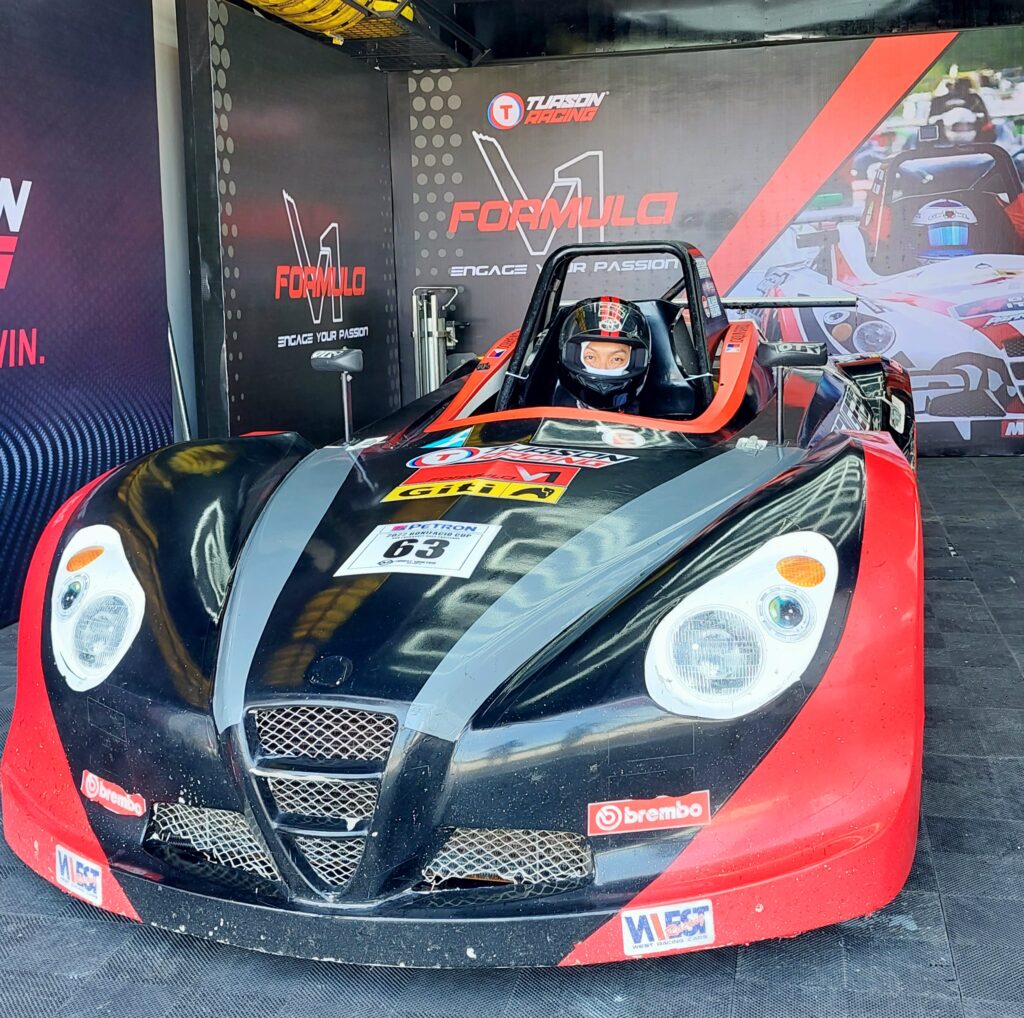The country’s Formula V1 is again pumped up for another exciting season this year. Since its inception in 2018, racing enthusiasts have been feeding off the exhilarating leveled-up racing action it provides.
It was to be remembered that racing event organizer, Tuason Racing’s president and founder, JP Tuason was reeling with excitement when they first brought it in our own turf several years ago.
“In our long years in the motorsports business, we always believed that Filipinos are made for racing. Given the right opportunities and training, we can be a major player in any grid around the world,” he stated, describing, that time, their move in taking the next step in rebuilding the local motorsports ladder.
Fast-forward to 2023, the same level of energy, passion and enthusiasm from JP and his group is evident in all his racing endeavors.
For more than two decades, they have been one of the prime purveyors of local motorsports, ever-believing and promoting the grass-roots level.
In 2014, the group, together with Toyota Motor Philippines staged one of the biggest starting grids, not just locally, but in Asia when it gathered 70 cars, composing of drivers from seasoned karters, veteran car racers to celebrities.
Now with FV1, the same ideologies still stand.

Anatomy of the FV1
The Formula V1 is a single-seater kit car built by West Racing Cars Co. Ltd. in Japan. The parts are shipped here and are assembled by Tuason Racing.
Basically, the V1 specs consist of a tubular steel chassis with a mid-mounted 1NZ 1.5L four-cylinder engine (similar to the previous generation Toyota Vios), five-speed short shift tranny and driveshafts, Willwood brakes, bespoke Tein coilovers and ROTA wheels.
It weighs about 530kg and can sprint from 0 to 100kph in 4.5 seconds, while topping at 200kph. At the Clark International Speedway in Pampanga, it can complete the 4.1-km track in a tad over two minutes.
Formula V1 feel
Recently, in one rare occasion, this writer was able to personally experience what it feels to be behind the wheel of a real Formula V1 when they invited a few selected motoring journalists to participate. I was excited, of course, having only used to be able to drive the Toyota Vios or any other subcompact sedans in CIS during media drives.
This time, with the seat just a few inches above the ground, it was a different kind of feel. It was like driving a kart—only now, with heavier parts to carry while tackling the high-speed turns and straights of CIS.
With a power-to-weight ratio far from what I used to, together with having no driver aids to assist, I committed some mistakes in my apex and exit turns, resulting in a few spin outs during the first few laps. Eventually, as I progressed through the laps, I immediately recovered and learned how to handle the vehicle. I adjusted and was able to complete a few full laps without mistakes.
Although my lead car was controlling the pace and speed of the whole drive, I still enjoyed this once-in-a-lifetime experience of being behind the wheel of an actual Formula V1. We all know how costly racing can be. After it, at least, I have an idea where skills, talent, grit and a load of moolah can take you.

In joining the Formula V1 Series
Speaking of driving the actual Formula V1, those who can or are able to get a sponsor for them to race, it is available for P2.1 million. The package includes one set of ROTA wheels, one set of tires, an OMP race suit, entry fee and a few days of training for both team and driver.
2023 season
For this 12-driver season, with Motul as its official lubricant partner, the race series schedule has already been set all in CIS: Round 1: June 9 to 10 (Sprint Race); Round 2: July 21 to 22 (Sprint Race); Round 3: November 24 to 25 (TBA).
Again, we can’t wait for another exciting Formula V1 series to unfold.









